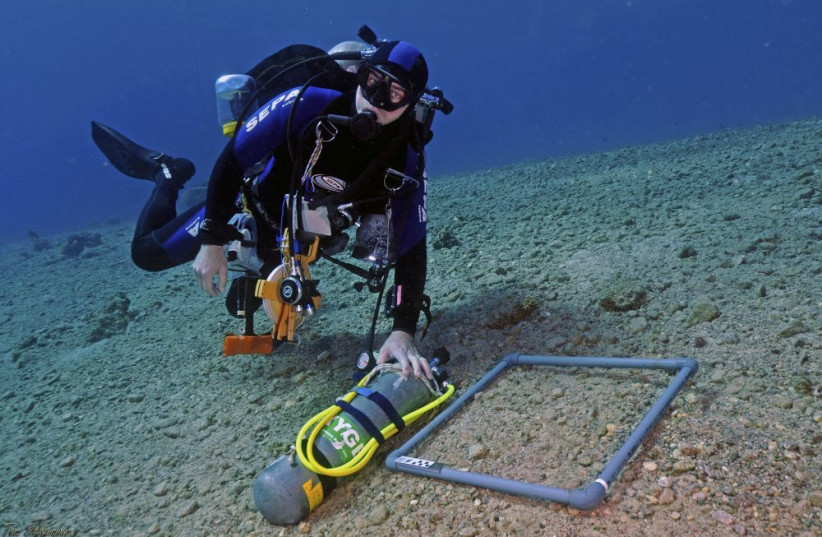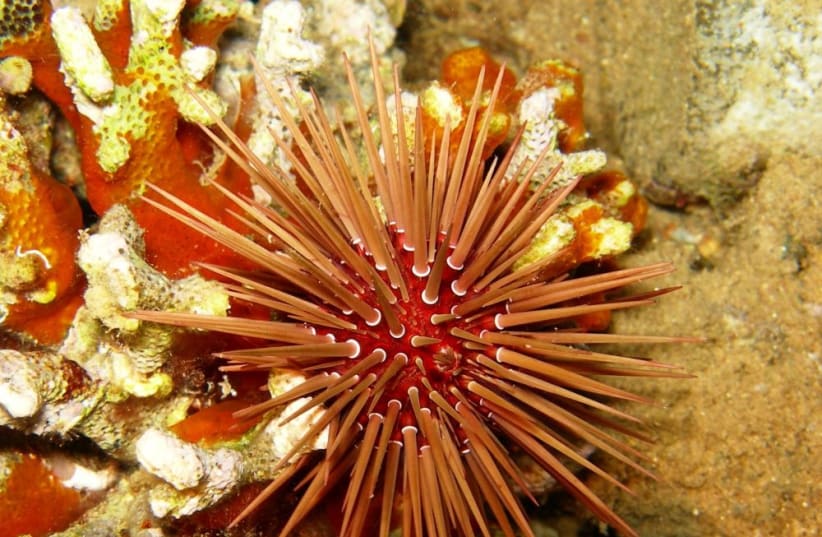A new study conducted with the help of Tel Aviv University researchers has shown that echinoids – seabed animals like sea urchins, starfish and sea cucumbers – appeared in the oceans about 300 million years ago, some 50 million years earlier than previously thought.
So, how many species really survived mass extinction?
The study, published in the peer-reviewed eLife online journal, implemented new dating methods that combined the phylogenetic analysis of 54 different species and paleontological dating using sea urchin fossils.
The new findings could mean that more species survived the mass extinction event that wiped out more than 80% of Earth’s species 250 million years ago than was originally thought.
Why are Echinoids important?
“Echinoids are also ecologically significant, as they are a major player in the marine environment, at every depth and in every area on the planet, and their disappearance from a particular area brings with it extreme changes,” said Dr. Omri Bronstein from Tel Aviv University, who took part in the study.
“An example of this occurred in the 1980s, when the population of sea urchins in the Caribbean was devastated by disease. As a result, the algae that used to feed the sea urchins greatly increased their uncontrolled growth, leading to the death of coral reefs,” said Bronstein.


“And here at home, the echinoid population in the Gulf of Eilat has decreased significantly in recent decades, while on the other hand, certain species of sea urchins from the Red Sea migrated and established themselves in the thousands on the shores of the Mediterranean – two phenomena that raise concerns about disturbing the ecological balance of our shores,” he added.
The study was one of the most comprehensive ever conducted of echinoids in general and sea urchins in particular.
Bronstein explained that the study showed that it is possible that many species survived the mass extinction event, changing the way we understand the evolution of these species.
